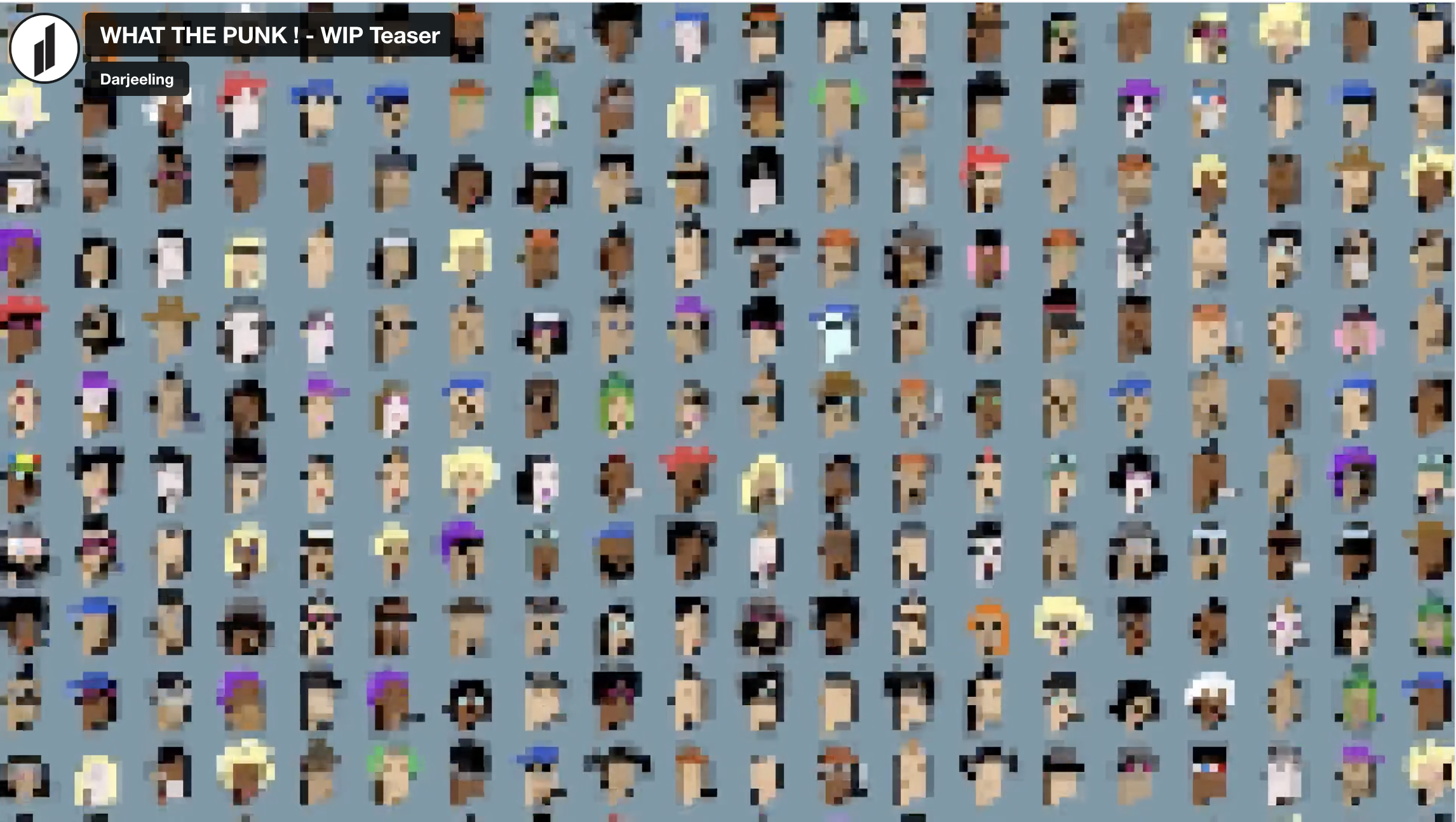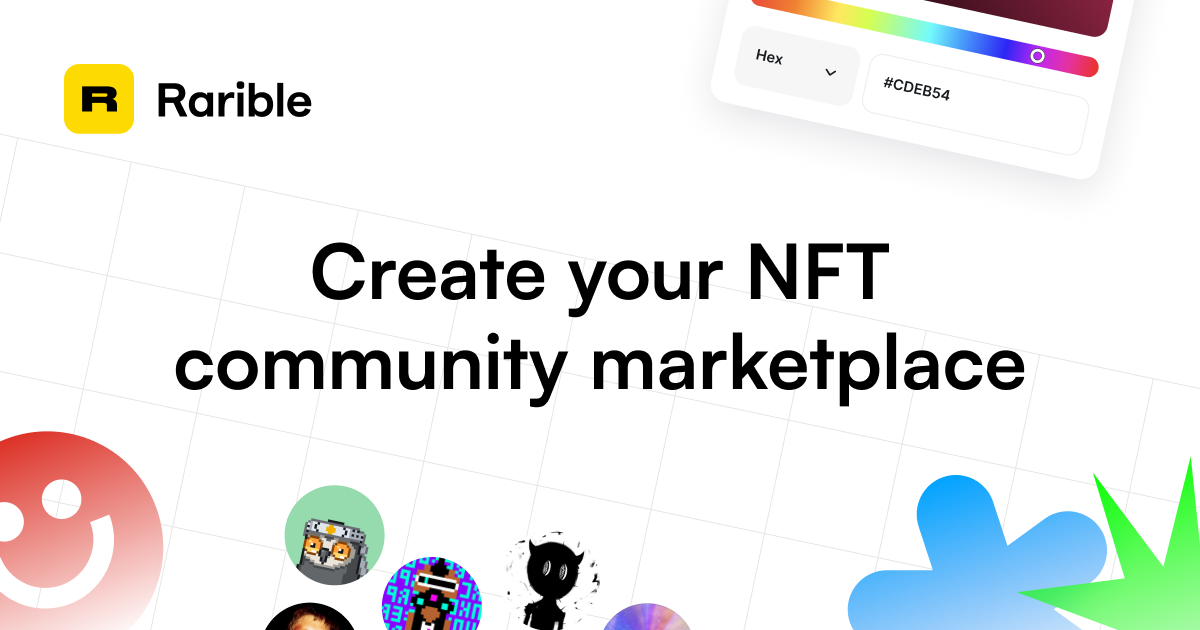Prepare to be disrupted. It's not a choice. It's the moment we're in. Meteor is a new publication dedicated to the people, stories, art and ideas that are changing the world, from AI to Web3, crypto, VR and beyond.
The experts agree: computer science needs the arts for AI to succeed "We as computer scientists not only vastly overestimate our abilities to create an AGI [artificial general intelligence], we vastly underestimate and underrepresent what behavioral scientists, psychologists, cognitive scientists, neurologists, social scientists, and even the poets, philosophers and storytellers of the world know about what it means to be human. There is much we can and should learn from them to guide our work as computer scientists in our journey. In fact, let me posit that, while someday we will likely build an artificial mind, perhaps the most important outcome of that journey is that it will compel us to understand what it means to be human." – IBM fellow Grady Booch, in conversation with NYU Prof. Gary Marcus
Dreaming in silicon
Every day we curate new AI art and go behind the scenes with artists, demos and art projects

Here come the NFT documentaries! It's been five years since CryptoPunks ascended from a free-to-mint minor NFT curiosity to a global phenomenon with surprising staying power. As of this week, in crypto winter, you might need to fork over $100,000 to get one – down from multimillion dollar highs, but still. Now at least two documentary projects are underway to unpack the story, and they couldn't be more different. What the Punk!: '526 Pixels that are shaking the art world' comes from director Hervé Martin-Delpierre and Paris-based production studio Darjeeling. It is slated for a Fall 2023 release and looks to be a slick traditional film that will clock in at around one hour, according to an unofficial teaser posted on Vimeo. Meanwhile, a group called Here Now is taking a Web3-native approach. Its community-funded project offers "utility-focused generative collectables" (available now for 0.088 ETH) to help underwrite I'm New Here, "a part oral history and part desktop dreamscape" that aims to tell the story of NFTs and crypto art in an unconventional way. According to a description on the Web site, the story will follow a fictional character as they try to navigate this brave new world. It will feature animated action shot in a Metaverse dubbed New Alexandria, an all-star cast of crypto art pioneers, as well as interviews with dozens of Web3 builders and creators from around the world. Filling out its Web3 bona fides, Here Now has pledged a 15% royalty on NFT revenue for artists included in the project, in perpetuity.
Have artists and art projects we should feature? Send them to artpitches@thisismeteor.com
Top story
Protecting your privates: If you buy a coffee with Ethereum, your barista might learn a lot about you -- like the contents of your NFT bag, or how much you lost on Dogecoin. In the future, when most employers pay their workers in Ethereum, the world could learn your salary as well as how you spent it. That's because most Ethereum transactions currently take place in public, and concealing your tracks on a blockchain, while not impossible, is so complicated most people don't bother (and even when they do their efforts can come to naught). Vitalik Buterin, the author of the Ethereum white paper (published 9 years ago today, happy birthday!), wants to change that with some recently published thoughts on one of the biggest gaps in the ecosystem he inspired - cryptographically secure privacy. "An incomplete guide to stealth addresses" offers an exploration into how two "lazy' people might effectively conceal a transaction on the blockchain without much effort. Stealth addresses would essentially be unique wallet addresses created from pairs of public and private keys, such that they can only be discovered by the parties involved. As Buterin put it: “stealth addresses give the same privacy properties as… generating a fresh address for each transaction, but without requiring any interaction.”

If implemented, stealth addresses would make it more challenging for law enforcement to trace criminal Ethereum transactions. The U.S. Department of Justice has flagged as risks by name cryptocurrencies that offer "anonymity enhanced cryptocurrencies (AECs) or privacy coins," which include smaller platforms like Monero and Zcash. Moving stealth addresses onto Ethereum, the second largest blockchain after Bitcoin, would be a big move.
While some privacy-enabled Ethereum protocols already exist, such as Tornado Cash, they do not allow private transfers of NTFs and ENS addresses. That's a big deal, because Ethereum is the biggest NFT platform going, handling 75% of total transaction volume. Stealth addresses would fill in this gap, and also move Ethereum further towards a multi wallet model in which, for example, different addresses are generated for each application you interact with. This would enhance both privacy and security – don't you know you shouldn't store all your crypto is one place? Let a thousand wallet addresses bloom.
Overheard
Twitter is scratching its collective head after Porsche's debut NFT flop
Hey @Porsche I don’t understand why you guys made an NFT collection and didn’t decide to attach it to a simple side scroller video game. You would have sold out instantly. Who ever is in charge of your web3 department should be fired. Missed opportunity.
— ZadyVerse (@ZadyVerse) January 24, 2023
the @eth_porsche NFT team arriving at Zuffenhausen HQ tomorrow to find their badges no longer work #porscheNFT pic.twitter.com/wGzUi5OmXV
— jeremy.eth (@posvar) January 23, 2023
In the news








Tools and tips
OpenAI is slowly rolling out ChatGPT Pro for $42 per month.
Here's how ChatGPT Pro works! A lot of users were asking me for proof, so I decided to make a video. pic.twitter.com/QYNn3pRnxI
— Zahid Khawaja (@chillzaza_) January 21, 2023
Rarible has a new tool for NFT creators to set up bespoke marketplaces for their projects and collections.

Playground has introduced what it's calling AI-first image editing (you can try it here.) "In the past, it's been hard to add, remove, or change aspects of images without losing the essence of an image. Now you can instruct our AI engine to change even the smallest detail of your creations."
Pictured below is the transformation produced from the edit instruction: "make it summer"

Disruptions



How did we do today?
- Awesome
- OK
- Stop wasting my time
Thanks for reading! Send your thoughts and comments to feedback@thisismeteor.com. We are accepting story pitches. Hit us up at storypitches@thisismeteor.com.











